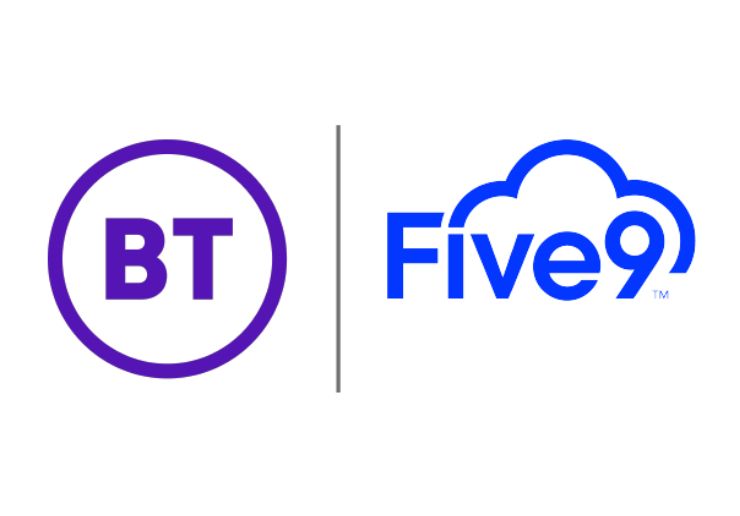Overview
We created and delivered a way to move an insurance company’s contact centre and unified communications systems to the cloud, while putting to rest the company’s concerns about migrating this critical infrastructure.
The challenge
The organisation has always focused on quality customer service through a national branch network and a responsive customer experience, but the business operates in a competitive sector and is always looking to improve its capabilities. When legacy on-premise telephony and contact centre systems were nearing end of support, the option was to invest in upgrading the old platforms or move the entire communications solution to the cloud and run it as an operational rather than capital expense. An earlier investment in a cloud-based CRM platform was a first step in digital transformation and the company was keen to build on it with an integrated cloud contact centre. It would let them be more agile and effective in customer engagements, particularly as its old platform was voice-centric at a time when they wanted to offer a more omni-channel experience.
The solution
Following a highly competitive tender, CCaaS from BT was selected as the organisation’s preferred solution. The project was an opportunity for them to decommission legacy systems by centralising voice services, rationalising phone numbers, redesigning call flows and dial plans, and making the entire communications platform simpler and more cost effective to support. All this was achieved while adding resilience across the entire solution.
Due to strict data regulatory obligations, there was also a need to integrate the new cloud platform with the business’ call recording solution to remain compliant. Our contact centre platform easily integrated with their legacy call recording system which meant previous investments were maintained. “We have partnered very successfully with BT before, yet this is the first time we have pursued their vision for cloud migration and digital transformation,” explained the Chief Technology and Operations Officer. “BT’s skills and experience, coupled with a strong value proposition made it a very compelling roadmap.”
Following the successful implementation of this project, 470 contact centre agents and 530 employees have access to richer features and functionality. Further integrations between its CRM system and the new contact centre solution enabled the company to manage outbound campaigns with existing customers fluidly, ensuring the highest levels of customer satisfaction and retention.
While customers increasingly want to interact via online channels, the organisation places great importance on local branch relationships and this solution lets customers to make contact through their local branch number. Calls are routed via the platform back to the local branch if an agent is available.
The result
Our scalable cloud solution has given the insurance company more agility while meeting the compliance needs of a heavily regulated sector. The business is optimised for value, whilst also being set up to deploy new functionality more quickly and as an operational expense. We have helped advance its business transformation strategy, while fulfilling short-term tactical goals of delivering new services cost-effectively without disrupting the business. The CTO summed up the success of the project. “On-premise telephony and contact centre systems tend to grow legs overtime and can become very complex solutions with bolt on integrations,” he explained. “Unravelling this complex infrastructure and migrating the entire environment to the cloud is an onerous job and one that requires a great level of planning. It’s a programme of work comprising of many projects. Luckily for us, BT had the experience and knowledge to navigate us through the journey.”
Benefits include:
- Improved customer service: Whichever channel customers choose, agents can quickly respond to queries and escalate as needed. The organisation is now on an accelerated journey to support an omni-channel customer experience without being hampered by legacy systems.
- Scalable service: Self-service capabilities via the portal mean new agents can be added based on demand. The platform enables agents to work from anywhere, which has helped recruitment and staff retention.
- Seamless internal communications: The company also wanted to offer all users the full suite of unified communication features. Moving staff away from fixed handsets to a UC client on their desktops gave employees the collaboration and conferencing capability that was invaluable throughout the pandemic and beyond.
- Integration to Microsoft Teams: As more and more organisations adapt to using Teams for UC functionality, BT’s cloud contact centre integrates the two platforms seamlessly into a single communications solution.
- Continual improvement: The organisation’s roadmap includes plans to improve the contact centre’s reporting capabilities, extracting key metrics to drive efficiency in agent utilisation.
Andrew Byrne, Solution Specialist at BT, explained why the project proved to be timely: “Covid was not on the business’ agenda when they first embarked on this project, however remote working most definitely was. They wanted the capability to allow agents and staff to work from home; they appreciated that the contact centre was changing, that it was no longer a place but a function. When the pandemic hit, the organisation was well placed to react and quickly move all staff to remote working whilst maintaining a high quality of services.”
Long term, the company will never have to plan for complicated and expensive upgrades again; it has a solution that is fully support and maintained by BT. At the same time, successful cloud migration has provided a stepping stone to deploying other new technologies, such as process automation, AI, WebRTC, speech analytics and a range of solutions that will give the business a competitive advantage in the years ahead.
